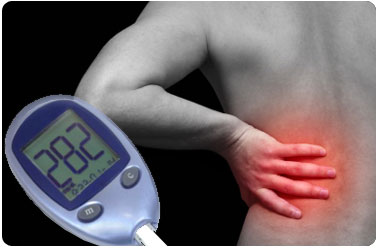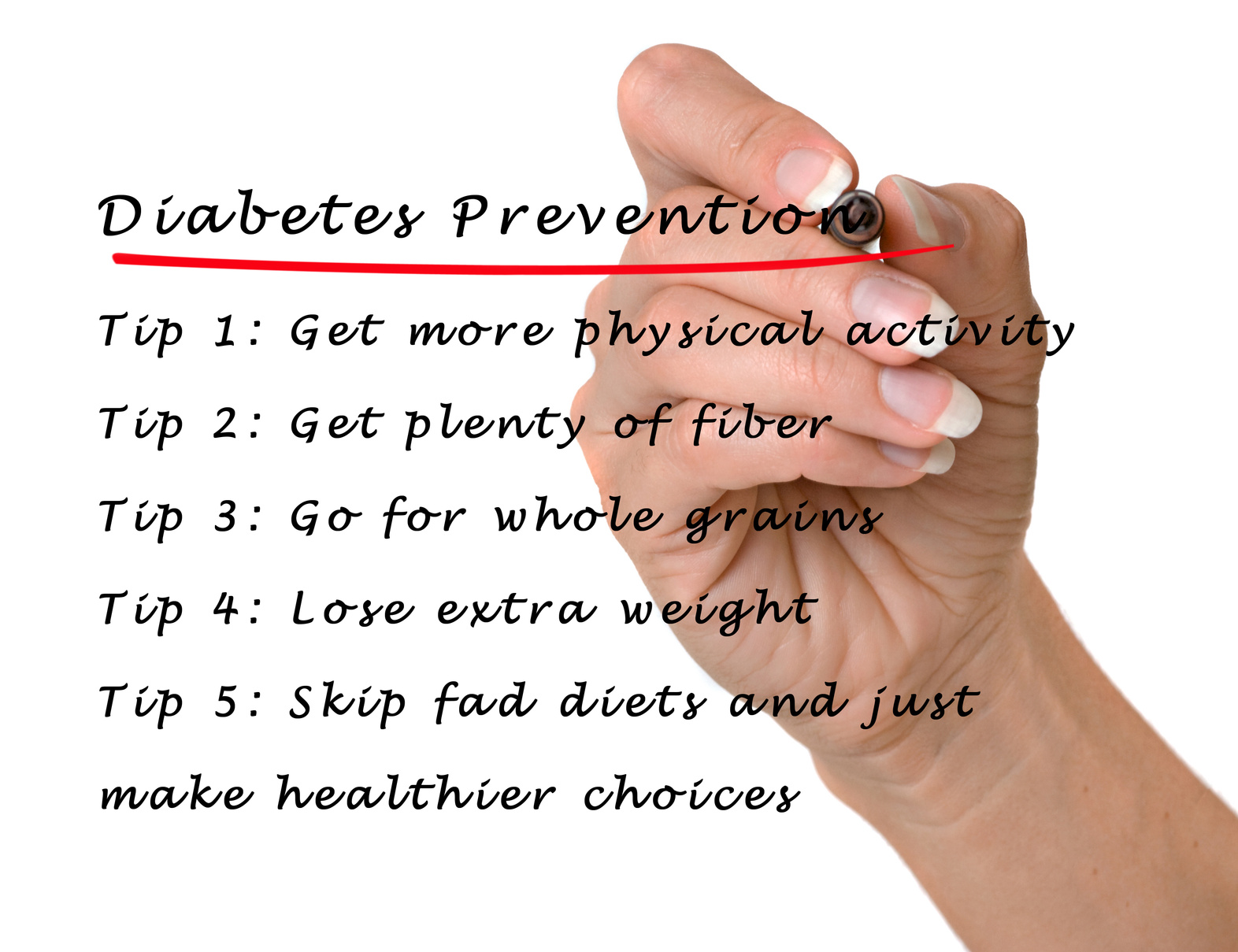Once known as juvenile diabetes, Diabetes type 1 is typically diagnosed in small children and teens. When affected by it, the human body does not produce insulin, which is an essential hormone for ensuring that the sugar we consume is converted into energy. This leads to many complications for people with this condition.
Fortunately, it has become easier to cope with Diabetes type 1 than it was years ago, giving its sufferers a fair chance at leading a full life with no setbacks. Read this article for a bit of background information on this disease, as well as things to watch out for in order to only have the best possible experiences every day.
Reasons for Developing Diabetes Type 1
Diabetes type 1 can develop at any time in a person’s life, but the most likely onset of this condition is detected during childhood and adolescence. The most commonly believed cause of diabetes is linked strongly with our diet, but genetics play a big part in it as well.
Once a person’s body is no longer able to produce insulin on its own, the glucose consumed with sugars and other foods gradually builds up in the bloodstream and becomes a cause for the symptoms of Diabetes 1.
Typical Symptoms
An unusual feeling of thirst or hunger that doesn’t go away when you eat or drink is often linked with Diabetes type 1, just like the feeling of inexplicable fatigue even when not engaging in physical activity. At the same time, a person can start needing more frequent bathroom breaks.
Many patients have reported worsening eyesight and unprompted weight loss as symptoms. People who have Diabetes 1 can also occasionally lose feeling in their limbs if proper care is not provided.
These are the symptoms that typically indicate the presence of factors that cause Diabetes type 1. Even though a conclusive diagnosis can only come from a qualified doctor, some of the following signs may create cause for concern and an eventual medical checkup.
• Flushed face.
• Trouble breathing.
• Dryness of skin and mouth.
• Unusual odor coming from the breath.
• Pains in the stomach.
• Nausea or vomiting.
If a patient also develops low blood sugar, a few other symptoms can appear on this list, such as headache, anxiety, racing heart, weakness in the muscles, shaking and sweating.
Treatment
The onset of Diabetes type 1 can be rapid and when the initial symptoms kick in, the affected person may be too weak to leave the hospital.
Once the situation has stabilized, people may attempt to manage their condition by going to a weekly medical checkup, making notes of the food they eat and working out a comprehensive treatment that will let them enjoy life as usual.
Proper control of your blood sugar level and the right amount of insulin injections lead to an overall stabilizing of the condition, reducing the visible Diabetes type 1 symptoms. In order to keep the situation under control, the affected person must never miss these checkups and monitor their blood sugar.
This may make things difficult, since the patients are usually children. However, teaching them the steps necessary to make their lives safer will ultimately lead to a much better day to day experience despite Diabetes type 1.

